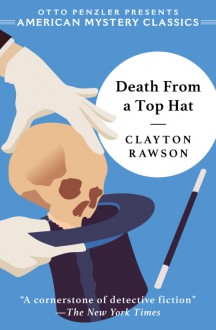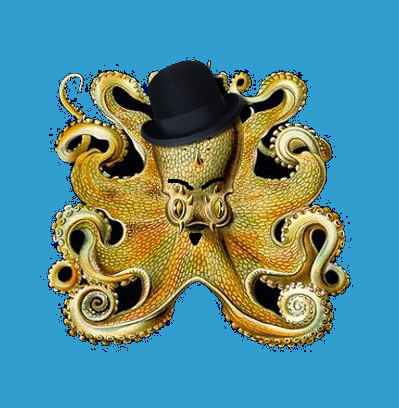Most of my books of course come from sellers in Europe (chiefly Germany and the UK), but a fair few this year did also end up traveling here from North America, when all told the American offer was better than those by European sellers.
Bought in 2019 and already read:
From Seattle, WA:
James Hilton: Was It Murder?
Candace Robb: The Apothecary Rose (Derek Perkins audio CD)
From Houston, TX:
Ellen Datlow & Terry Windling (eds.): A Wolf at the Door and Other Retold Fairy Tales
Sandra Uwiringiyimana: How Dare the Sun Rise
From Mishawaka, IN:
Daniel Stashower: Teller of Tales
Frederic Raphael & Kenneth McLeish: The Book of Lists
Matin Durrani & Liz Kalaugher: Furry Logic
From McKeesport, PA:
Zen Cho: Sorcerer to the Crown
From Coral Springs, FL:
J.V. Turner: Below the Clock
From St. Catharines, Ontario, Canada:
Jennifer Estep: Kill the Queen
Clayton Rawson: Death from a Top Hat
Bought in 2019 and still on my TBR (don't even comment, please):
From Seattle, WA:
James Thurber: Writings and Drawings (LoA)
Agatha Christie: Rule of Three
From Tucson, AZ:
Stephen King: 11/22/63
From Richmond, TX:
Charles Dickens: Bleak House (Paul Scofield audio CD)
From Houston, TX:
Dorothy Dunnett: The Game of Kings
From Mishawaka, IN:
Penny Le Couteur & Jay Burreson: Napoleon's Buttons
Mercedes Lackey: Arrows of the Queen
Lois McMasterBujold: The Curse of Chalion
Christopher Hibbert: The Borgias and Their Enemies, 1431-1519
Ted Widmer (ed.): American Speeches: Political Oratory from Patrick Henry to Barack Obama (LoA)
Robert Barr: The Triumphs of Eugene Valmont
C. Daly King: The Curious Mr. Tarrant
Eden Philpotts: The Red Redmaynes
Matthew Pritchard (ed.), Agatha Christie: The Grand Tour: Letters and Photographs from the British Empire Expedition 1922
From Windsor, CT:
Elie Wiesel: Night / Dawn / The Accident (aka Day)
From Frederick, MD:
Samuel Johnson; E.L. McAdam, Jr. & George Milne (eds.): A Johnson Reader
From Kennesaw, GA:
Christopher Isherwood. A Single Man (Simon Prebble audio CD)
Sebastian Junger: The Perfect Storm (Stanley Tucci audio CD)
From St. Catharines, Ontario, Canada:
Otto Penzler (ed.): Bibliomysteries
(Task: The historic (3d century AD) St. Lucia was Italian; yet, like those of many other saints (including, e.g., St. Andrew and St. Nicholas), the most important celebrations of her holiday don’t occur in her place of origin but somewhere else in the world.
List or create a stack of favorite books (minimum: three) featuring a character’s move or transition from one part of the world to another one (or from one end of a large country, e.g., U.S. Canada, Russia, China or Australia, to the other end.)
Alternatively, tell us: Which book that you acquired this year had to travel the farthest to get to you (regardless whether by plane, sea, or whichever other way, and regardless whether it was a purchase of your own or a gift from someone else)?)


 Log in with Facebook
Log in with Facebook 




















